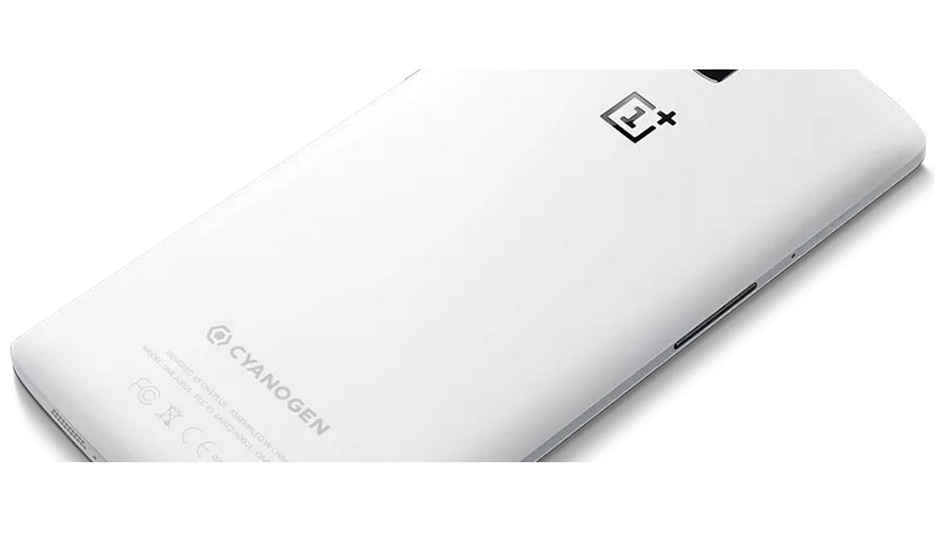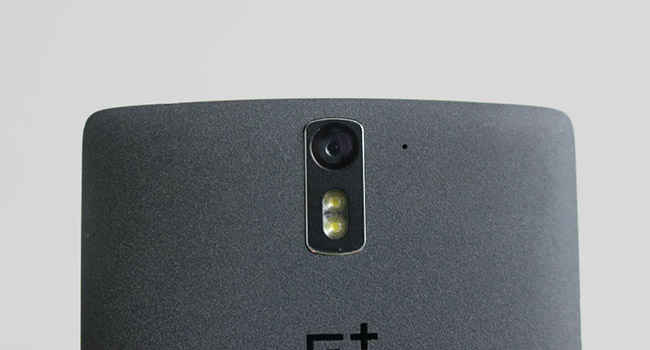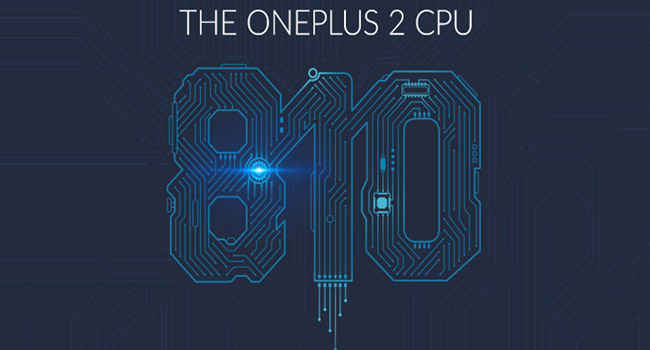5 reasons why the OnePlus 2 might not be the 2015 flagship killer

The upcoming OnePlus 2 has been one of the most spoken-about smartphones this year. But, will it still retain its ‘flagship killer’ instincts?
The upcoming OnePlus 2 launch on July 28 is a highly anticipated one, with the flagship killer making its second attempt to capture the flagship smartphone market. But, can it repeat its success this time? The upcoming smartphone might struggle to meet the massive expectations that the excellent OnePlus One has generated from the company. Here’s looking at five aspects we feel might be important for you, to know if the OnePlus 2 is really worth all the hype it has generated.
The ‘Invite’ system
While OnePlus promises a 'new and improved' invite system, the fact that invite systems are not a particularly popular concept in India is very evident, owing to the demand and the sheer number of options that the Indian flagship smartphone buyer has at his disposal. Within four months of launching in India, OnePlus One went on open sale via Amazon India. Similarly, the 'flash sale' model also seems to be losing its fizz in India with a handful of vendors moving to open sale model in the last couple of months. Inability to manage large scale unit production and floating stocks are two of the core reasons why OnePlus has sold via the invite system, and unless it comes to India with enough stocks, it might lose a large chunk of its market to the likes of Motorola and Xiaomi, who have their own flagship phones coming up.
The battery stamina
OnePlus 2 is believed to have a 3300mAh battery pack. With the compact dimensions that OnePlus has been stated to have made the OnePlus 2, it is ideally not possible to provide an even larger battery. And, while the 3300 mAh battery is in no way a very low-powered battery pack, the question being raised is, will it be sufficient to provide extensive battery backup? The OnePlus 2 has been confirmed to be running on an ‘improved’ version of Qualcomm’s highest-end processor – a Snapdragon 810 v2.1. Additionally, it will also be featuring a 5.5-inch QHD display with a resolution of 1440×2560 pixels, if the latest leaks and pre-listings are true. Firstly, the Snapdragon 810 is known to be a massive power drainer, and even if OnePlus has taken care of the SD810’s heating issue with added insulation, it remains questionable as to how OnePlus has optimised it in terms of power usage. On top of this, the QHD display will also possibly consume heavy power. With such aspects housed within the OnePlus 2, we cannot help but be worried about the battery life of OnePlus 2.
The camera quality
Recently, YouTuber Marques Brownlee, better known as MKBHD, leaked test videos and data about the camera equipped in the OnePlus 2. While the rendered quality seems better than the OnePlus 2, it isn’t a massive leap that a popular, top-of-the-line flagship is expected to feature. Contrary to prior rumours, the OnePlus 2 is now expected to feature a 13-megapixel sensor, and is using a custom camera application instead of Google’s default one. The quality of images and videos, as seen, is not bad, but it is not as good as the latest flagships like Samsung Galaxy S6 and LG G4. If you’re expecting a leap over the last rendition, the OnePlus 2 might just disappoint you here.
Not the fastest processor
The Qualcomm Snapdragon v2.1 might not heat up as much as it does with its regular version, but it really isn’t the outright performance winner. Tried and tested devices like the Sony Xperia Z3+ have been found to face regular stutters, which leads us to speculate whether the OnePlus 2 will really be a seamless performer. With the Samsung Galaxy S6 being the performance benchmark, the Snapdragon 810-powered OnePlus 2 might fall far behind the upcoming flagship smartphones, which are predictably steering clear of the SD810 SoC. Will you be ready to take the risk of buying a smartphone running on a processor that is pegged with multiple performance issues already?
The price factor
One of the primary aspects of the OnePlus One being a runaway sellout is the price factor. OnePlus became popular by making a flagship-specification smartphone at a mid-range price level. With OnePlus 2, it is expected to be priced above the 30k level – not too encouraging for the price-sensitive Indian smartphone customers. Consider what happened with Xiaomi's Mi4 smartphone. Consumers weren't happy with the 20k+ price tag of the Mi4 since Xiaomi had already earned an image for being a low cost but high end smartphone maker. The high price factor itself might put off a large contingent of potential first-time buyers and existing OnePlus customers looking for an upgrade. With market leaders Apple and Samsung featuring their older flagships in this price segment now, OnePlus might just be running into a dead-end with the OnePlus 2, and more importantly, losing out on the USP based on which it built its reputation. Apple and Samsung both of course have much a much better support system as compared to OnePlus, Xiaomi and others.
OnePlus will have to tackle these factors if it wants to ensure good sales in India this year as well.
Team Digit
Team Digit is made up of some of the most experienced and geekiest technology editors in India! View Full Profile






